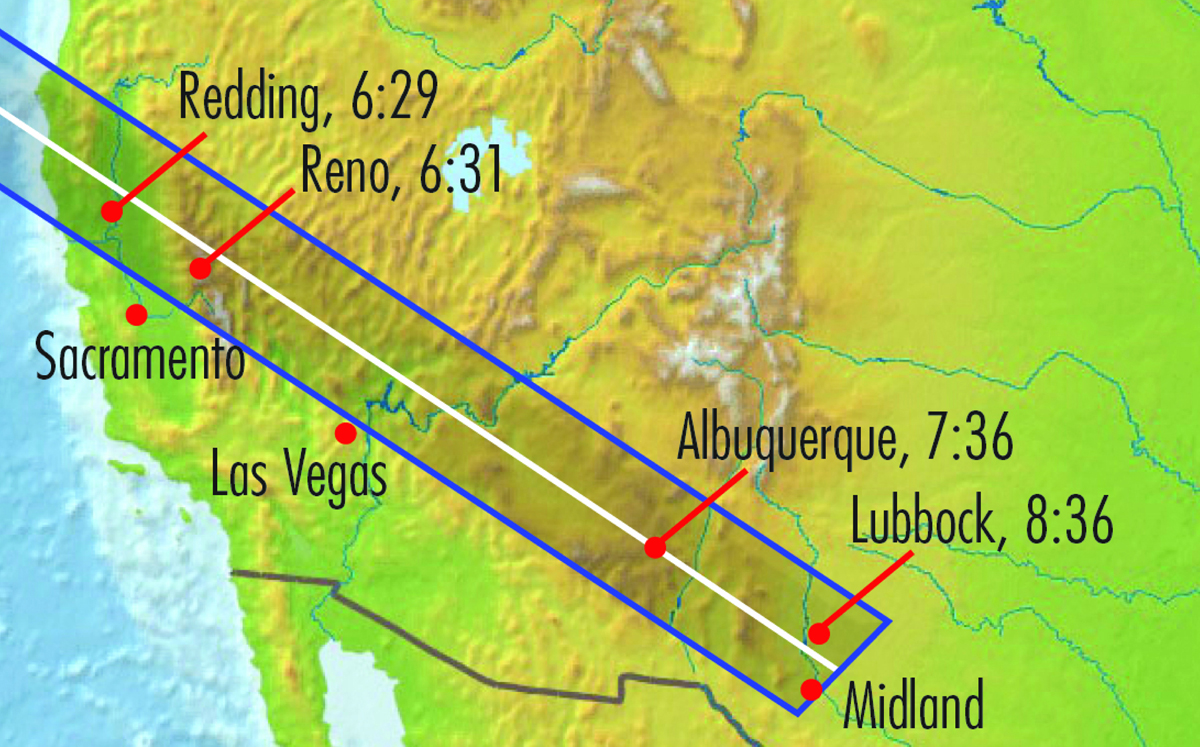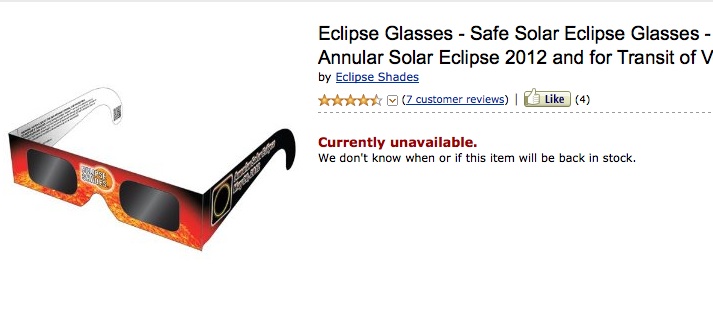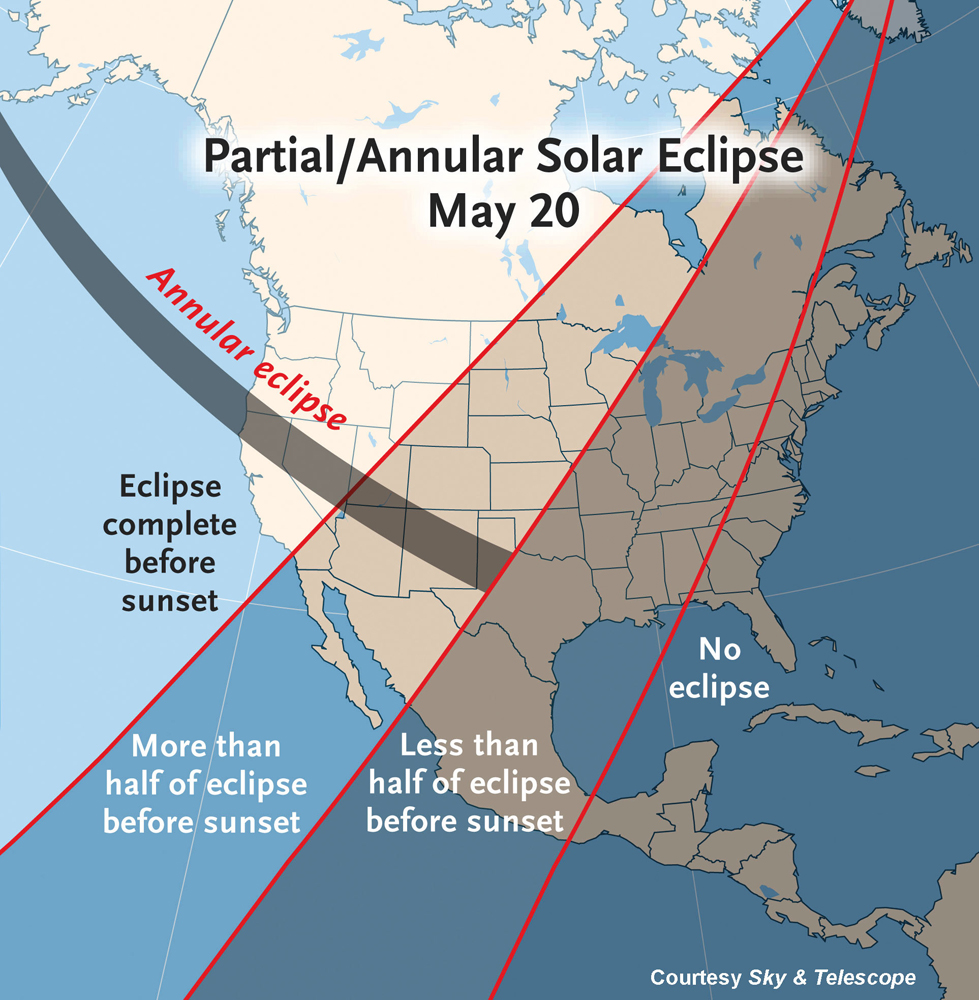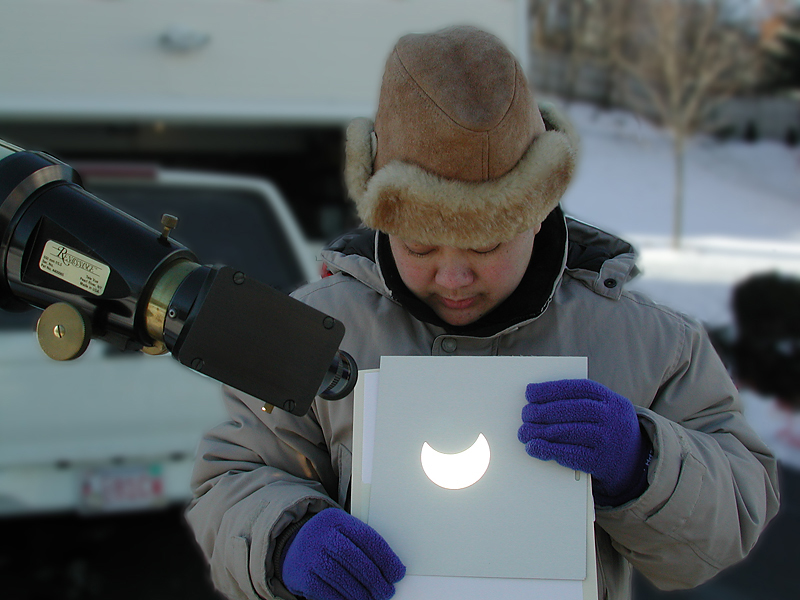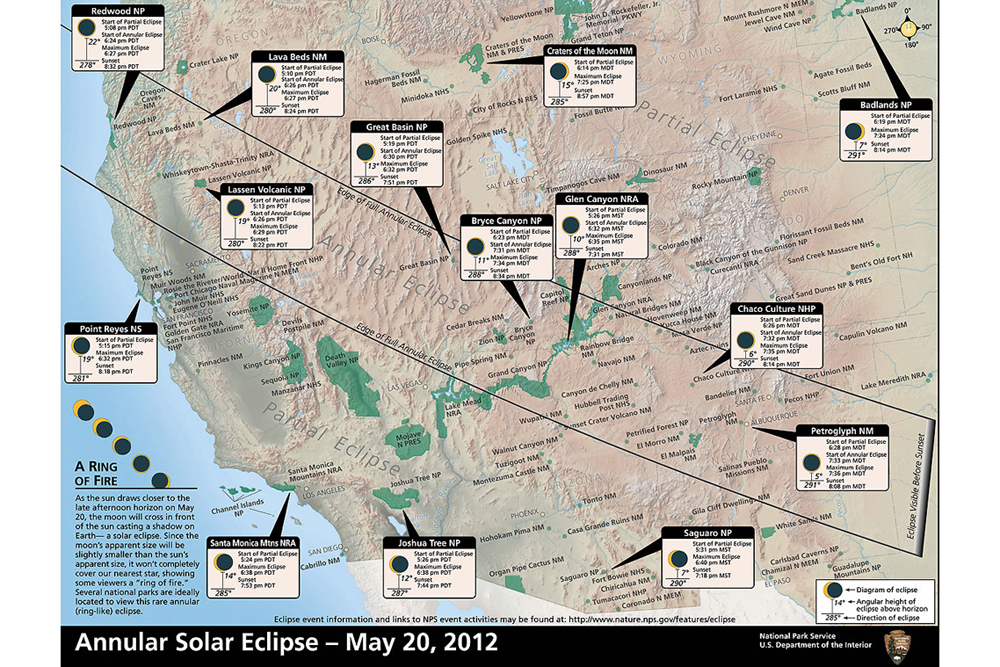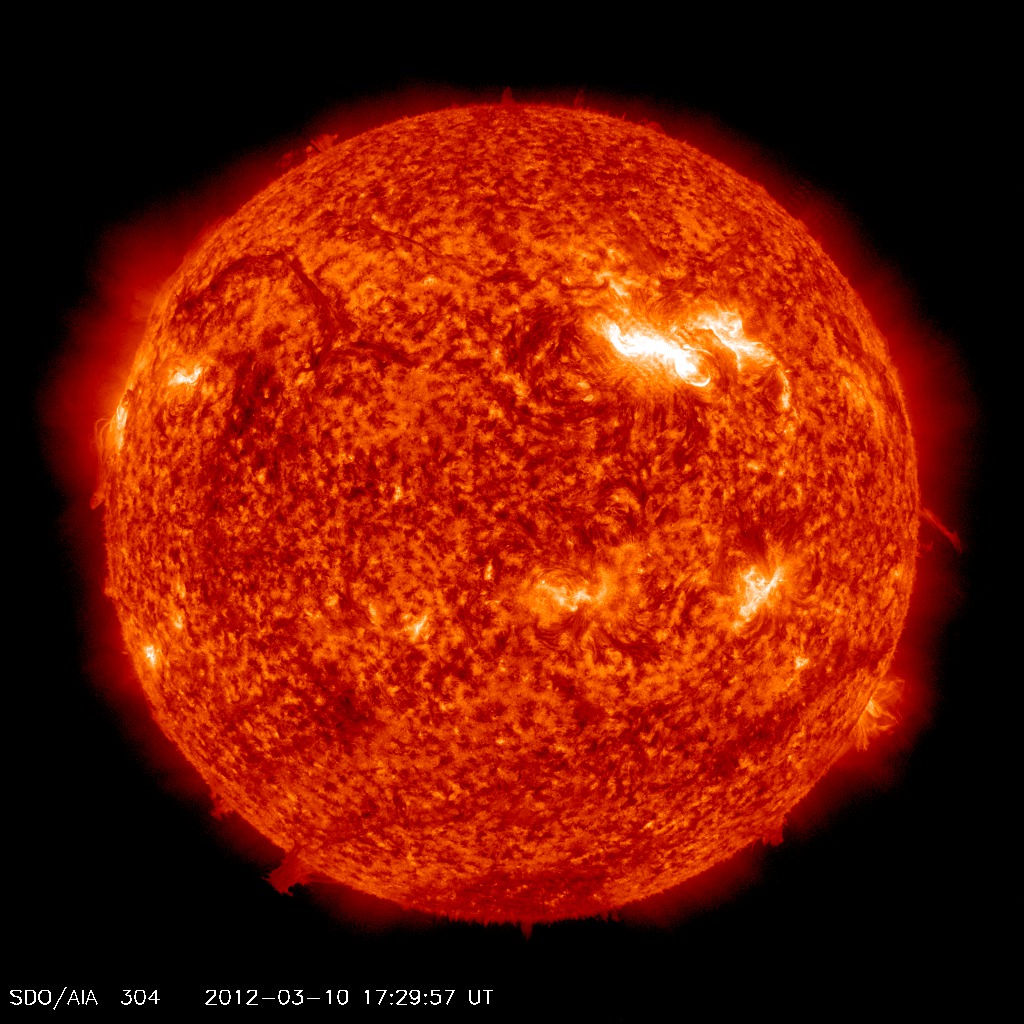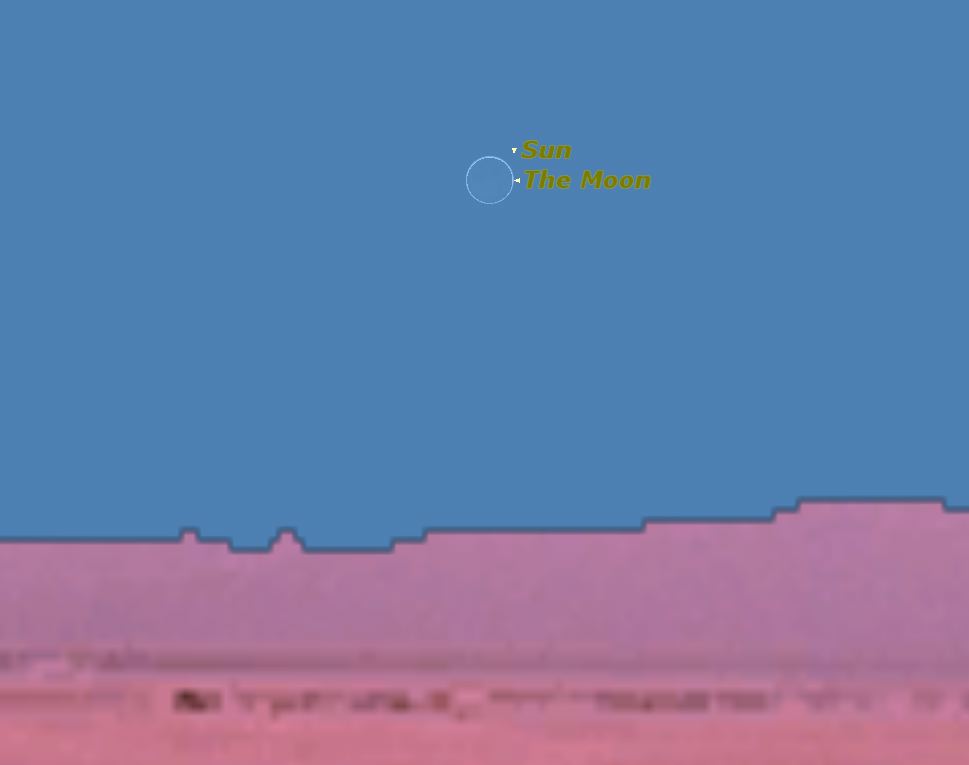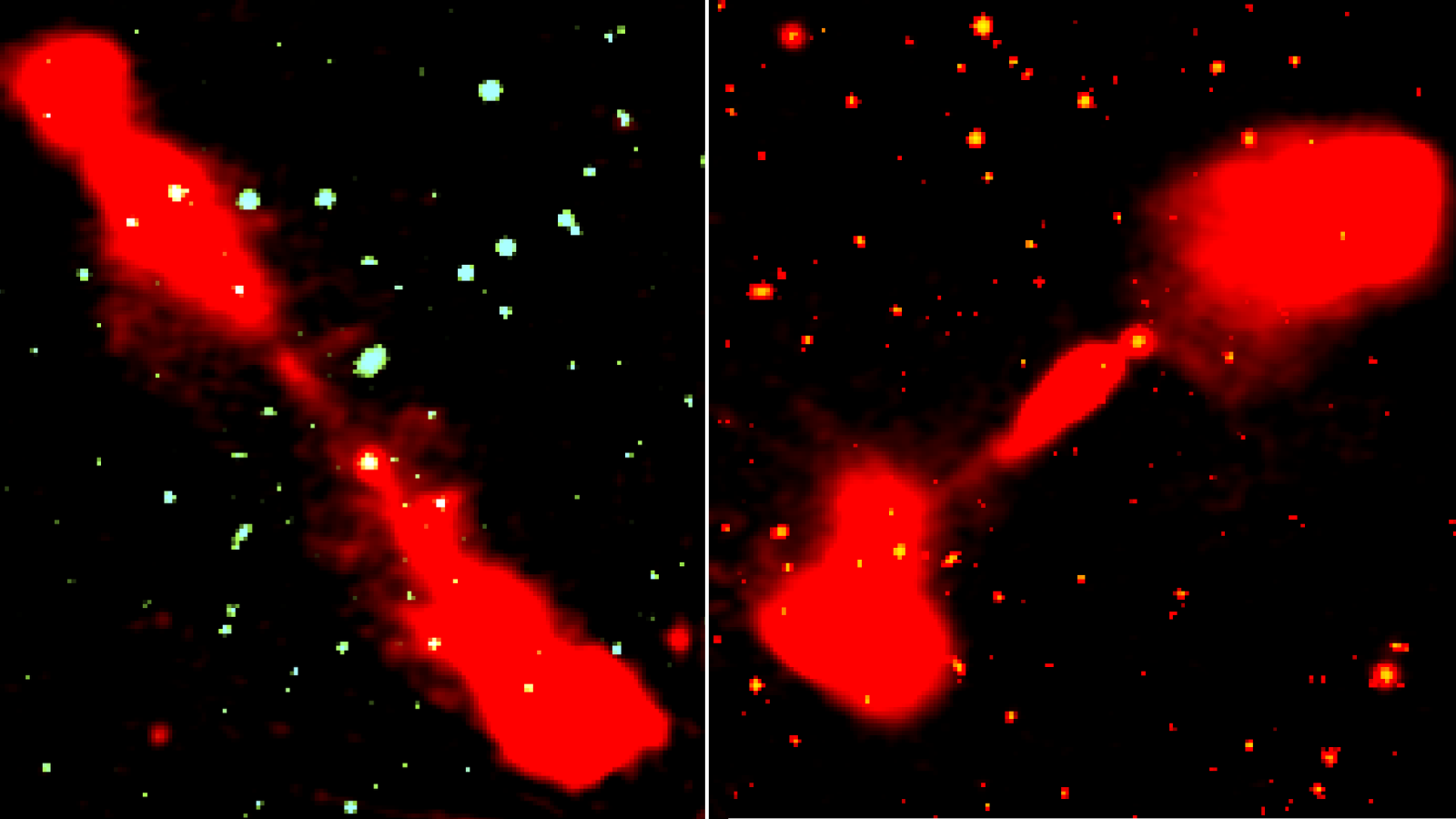Annular Solar Eclipse of May 20: Complete Coverage
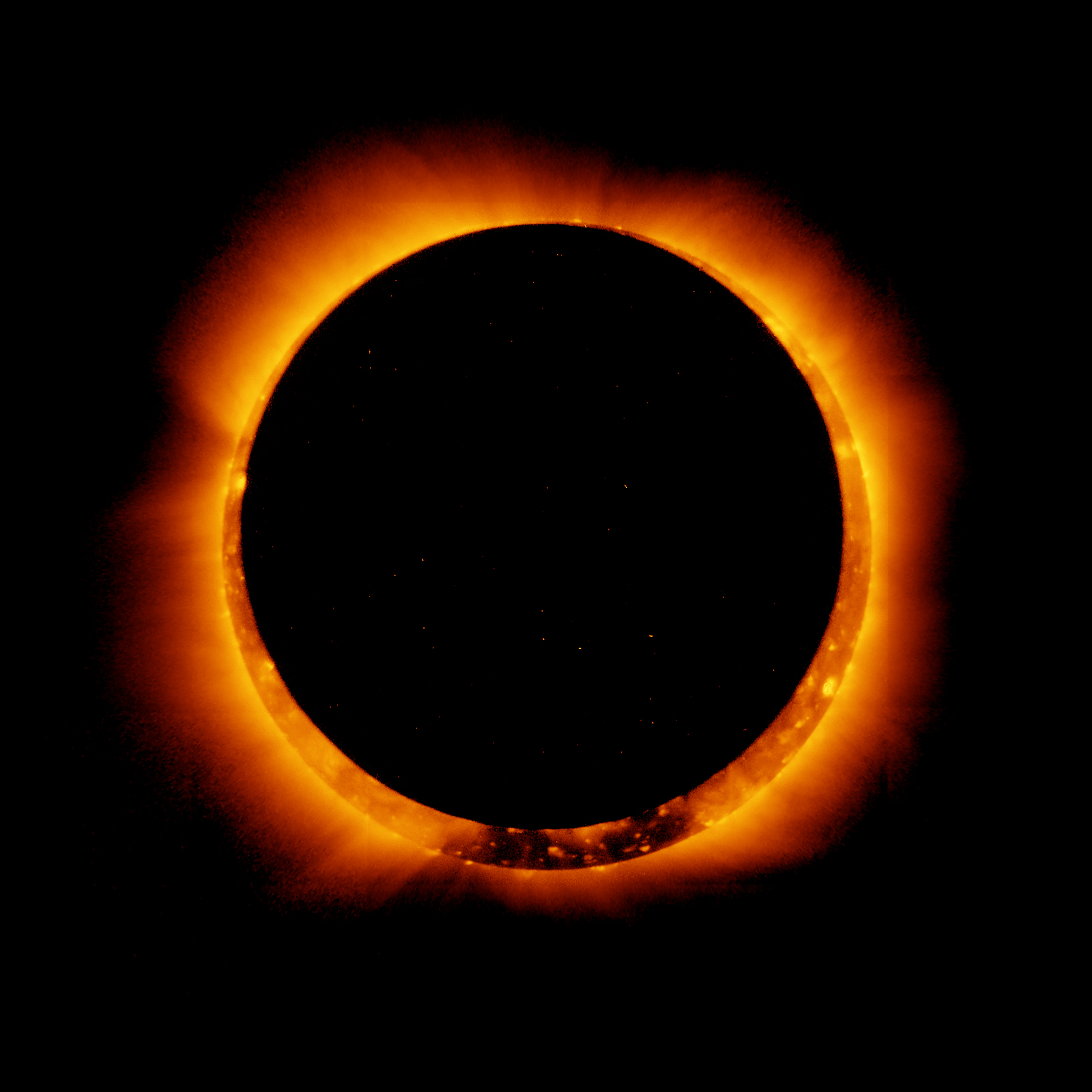
This page was updated on May 21 at 11 a.m. ET.
A solar eclipse obscured part of the sun May 20, as the moon passes between Earth and our nearest star.
UPDATE: See SPACE.com's final wrap of the amazing "ring of fire solar eclipse here: Spectacular 'Ring of Fire' Solar Eclipse Wows Millions
NEW GALLERY: Photos: Annular Solar Eclipse of May 20, 2012
Editor's note: If you snap any amazing eclipse photos that you'd like to be considered for use in a story or gallery, please send them to SPACE.com managing editor Tariq Malik at tmalik@space.com.
At its peak, the moon blocked roughly 94 percent of the sun's light. The so-called annular solar eclipse did not completely cover the sun, but will produced a spectacular "ring of fire" in the sky for well-placed observers. ("Annulus" is the Latin word for "little ring.")
The full "ring of fire" spectacle should be visible from much of Asia, the Pacific region and parts of western North America, weather permitting. Other parts of the United States and Canada — with the exception of the East Coast — still saw the eclipse, but not the complete ringed effect.
Breaking space news, the latest updates on rocket launches, skywatching events and more!
Warning: Never look directly at the sun, either with the naked eye, or through telescopes or binoculars, without the proper filters. To safely view the eclipse, you can purchase special solar filters or No. 14 welder's glass to wear over your eyes. Standard sunglasses will NOT provide sufficient protection.
Visit SPACE.com for complete coverage of the annular solar eclipse:
Multimedia
Annular Solar Eclipse of May 20, 2012 (Photo Guide)
Prepare for the annular solar eclipse of May 20-21, 2012 with these handy sky maps.
Video: May 2012 Solar Eclipse - Where, When and How To View it
An annular solar eclipse will grace the western part of the United States in May.
Safely See the Sun – Build a Shoebox Pinhole Camera
Make your own pinhole camera to see a solar eclipse with this how-to guide.
How to Safely Photograph the Sun - A Photo Guide
This guide shows how to safely equip yourself and your gear to photograph the sun during solar eclipses and transits.
Solar Eclipses: An Observer's Guide - Infographic
How solar eclipses work: when the moon covers up the sun, skywatchers delight in the opportunity to see a rare spectacle.
How to Safely Observe the Sun - Infographic
You should never look directly at the sun, but there are ways to safely observe an eclipse.
Articles and Features:
Monday, May 21
Spectacular 'Ring of Fire' Solar Eclipse Wows Millions
From Asia to the United States, the May 20 annular solar eclipse was a sight to behold.
Satellite Sees Solar Eclipse 4X From Space
Europe's Proba 2 satellite passed through the moons shadow four times, producing a time-lapse study of partial solar eclipses from above Earth's atmosphere on May 20th 2012.
Sun’s Behavior During Eclipse Revealed In Time Lapse Video
Using filters that only pass light when excited hydrogen atoms change state, pro photographer Cory Poole stacked 700 frames to uncover prominences and other disturbances of the Sun’s chromosphere. Learn how he did it at corypoole.com.
Partial Solar Eclipse Sunset Seen In Colorado
The May 20, 2012 partial solar eclipse was captured by Alek O. Komarnitsky (www.komar.org) as it set behind the Rocky Mountains. The 'ring of fire' annular solar eclipse was seen in other parts of the United States and the world.
After Solar Eclipse, June's Venus Transit of Sun Is Next Amazing Sky Sight
Venus will trek across the sun's face on June 5, marking the last such transit until 2117.
Sunday, May 20
Photos: Annular Solar Eclipse of May 20, 2012
See images of the annular solar eclipse of May 20, 2012 in this photo gallery.
World's Largest Solar Eclipse Party Draws Thousands to Stadium
A crowd of thousands flocked to the University of Colorado at Boulder to cheer on the eclipse and boo away clouds at Folsom Field.
Rare 'Ring of Fire' Solar Eclipse: First Photos
See photos of the May 20 annular solar eclipse.
Skywatchers Hot for 'Ring of Fire' Solar Eclipse
The "ring of fire" solar eclipse of May 20 is now full swing.
Rare 'Ring of Fire' Solar Eclipse Visible from China to Texas Today
Skywatchers from China to Texas are in for a rare celestial treat today when the moon blots out most of the sun to create dazzling "ring of fire" solar eclipse.
Why Sunday's Solar Eclipse 'Ring of Fire' Will Be Rare Sight
When the moon blots out the sun in a solar eclipse on Sunday (May 20), producing a "ring of fire" in the sky, it will cover roughly 94 percent that of the sun and offer a rare view of our nearest star.
How to Safely Observe Sunday's Solar Eclipse
With a potentially spectacular solar eclipse to grace the skies of the western United States on Sunday (May 20), here's a helpful reminder for new eclipse chasers: Be safe. A fraction of a second of magnified, unfiltered sunlight will sear your eye’s retina irreparably.
CAUTION! - How to SAFELY Observe the Sun
NEVER look at directly the Sun - especially with binoculars or a telescope - unless you have a proper solar filter. But here's how you can harmlessly look deeply into our friendly local gigantic nuclear fusion furnace.
Friday, May 18
Eclipse Glasses Sold Out in Advance of Sunday’s Solar Eclipse
With Sunday’s solar eclipse capturing the nation’s collective attention, eclipse glasses have been selling like crazy.
Watch the 'Ring of Fire' Solar Eclipse Online Sunday
Several different organizations will stream live footage of the spectacular event.
Video: How to Make a Solar Eclipse Viewer
There's a solar eclipse on Sunday, May 20. If you want to see it happen, learn how to build a simple eclipse viewer out of a shoe box.
Solar Eclipse Sunday Promises Spectacular Views from China to Texas
See how Sunday's solar eclipse will offer dazzling sun views from China to Texas.
Satellite to Watch Solar Eclipse From Space on Sunday
Japan's Hinode satellite will be the only solar observatory to study this Sunday's solar eclipse.
Thursday, May 17
Sunday Solar Eclipse: How to Safely Photograph the 'Ring of Fire'
If you're planning to shoot this weekend's eclipse with a digital camera, particularly a digital single-lens reflex (DSLR) camera, here are a few pointers to increase your chances of success:
Sunday's Solar Eclipse 'Ring of Fire': Where and How to See It
Get skywatching tips for when and where to see the annular solar eclipse of May 20 in this guide.
Wednesday, May 16
World's Largest Solar Eclipse Party Takes Over Football Stadium Sunday
The University of Colorado's Folsom Stadium will be invaded by sun-watching enthusiasts on May 20.
Solar Eclipse: What is a Total Solar Eclipse & When is the Next One?
Total solar eclipses are one of nature's grandest events. What is a total solar eclipse? How do they work? And when is the next one? We explain.
Sunday Solar Eclipse Visible from National Parks
Still looking for a good place to observe the solar eclipse this weekend? Try a national park.
Solar Showdown: How Well Do You Know Our Sun?
Test your knowledge of Earth's closest star.
Tuesday, May 15
Solar Eclipses: An Observer's Guide - Infographic
How solar eclipses work: when the moon covers up the sun, skywatchers delight in the opportunity to see a rare spectacle.
Monday, May 14
Safe Sun-Watching Party Sets Stage for Solar Eclipse, Rare Venus Transit
Skywatchers in New York safetly observed the sun in April to preview for a solar eclipse and Venus transit.
Sunday, May 13
'Ring of Fire' Solar Eclipse Occurs May 20
The annular solar eclipse should be visible across much of western North America.
Wednesday, May 9
Solar Eclipse of May 20: How to See the Sun's 'Ring of Fire'
Many viewers in western North America should get a good look at the eclipse.
How to Safely Observe the Sun - Infographic
You should never look directly at the sun, but there are ways to safely observe an eclipse.
Editor's note: If you snap any amazing eclipse photos that you'd like to be considered for use in a story or gallery, please send them to SPACE.com managing editor Tariq Malik at tmalik@space.com.
Follow SPACE.com for the latest in space science and exploration news on Twitter @Spacedotcom and on Facebook.

Space.com is the premier source of space exploration, innovation and astronomy news, chronicling (and celebrating) humanity's ongoing expansion across the final frontier. Originally founded in 1999, Space.com is, and always has been, the passion of writers and editors who are space fans and also trained journalists. Our current news team consists of Editor-in-Chief Tariq Malik; Editor Hanneke Weitering, Senior Space Writer Mike Wall; Senior Writer Meghan Bartels; Senior Writer Chelsea Gohd, Senior Writer Tereza Pultarova and Staff Writer Alexander Cox, focusing on e-commerce. Senior Producer Steve Spaleta oversees our space videos, with Diana Whitcroft as our Social Media Editor.
